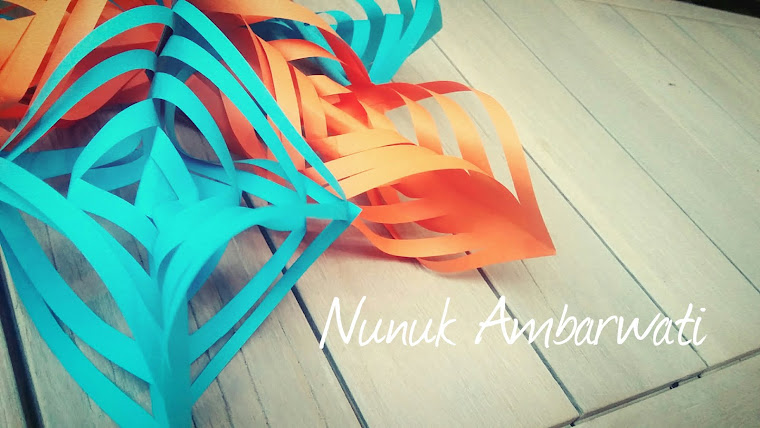 “YOUNG ARROWS”
“YOUNG ARROWS”40 Perupa Muda Terdepan Indonesia
Kurator : Mikke Susanto
M. Dwi Marianto
Tempat : Jogja Gallery
Jalan Pekapalan, Alun-alun Utara Yogyakarta
Pengantar
Dalam dunia seni biasanya orang muda lebih mempunyai kegelisahan dan keberanian dalam bereksplorasi dan dalam mencoba-coba membuat apa saja secara konstruktif. Energi mereka masih segar dan melimpah. Selalu bergerak-gerak, mendesak, dan mencari jalan keluar untuk memanifestasikan dirinya. Dalam keadaan seperti ini individu-individu itu tidak takut salah, sampai menemukan satu gubahan, anyaman, formula, atau karya-karya yang baru. Semangat, keberanian, eksplorasi seperti tersebut diataslah yang hendak dijaring oleh Jogja Gallery. Pameran ini berupaya menjaring seniman muda yang karyanya dipandang telah menunjukkan kualitas serta sifat yang pencapaiannya dilalui dengan berbagai aksi dan pergulatan mental-intelektual yang berani, menerobos dan mampu memetik karakter yang imajinatif serta memiliki kecerdasan yang hidup dan kontekstual.
Dalam pameran kedua yang diselenggarakan oleh Jogja Gallery akan diberi tajuk “Young Arrows: 40 Perupa Muda Terdepan Indonesia” yang akan diselenggarakan pada tanggal 2 Desember 2006 – 2 Januari 2007, dimana akan dipilih karya-karya dari sejumlah seniman muda yang maksimal berusia 35 tahun dari wilayah Nusantara. Mereka yang memiliki karya-karya seni rupa yang tidak hanya ide serta konsep seninya yang menarik, segar, imajinatif serta unik tentang kehidupan kontemporer dimana mereka tinggal, namun juga ternyatakan dengan bahasa ungkap yang representatif, meyakinkan, dan dipandang mampu menggugah imajinasi dari pemirsa. Medianya bisa apa saja sejauh dapat dikompromikan dengan keadaan ruang serta fasilitas yang dapat disediakan oleh Jogja Gallery, dan juga dapat dikaitkan secara rasional dan estetis dengan karya-karya dari ‘anakpanah-anakapanah’ yang lain.
M. Dwi Marianto & Mikke Susanto
Kurator
Kriteria Teknis
1. Pameran “Young Arrows” akan melibatkan 40 perupa muda. 20 diantaranya merupakan undangan dan Jogja Gallery membuka 20 perupa muda lainnya untuk mengikuti pameran ini.
2. Usia maksimal 35 tahun (hingga Desember 2006).
3. Media bebas.
4. Diwajibkan mengirimkan detail karya:
a. Konsep karya (artistik mau pun estetisnya)
b. Foto karya ukuran 10R dan softcopy-nya (file dalam CD).
c. Biodata/CV terbaru perupa.
5. Setiap seniman/pendaftar berhak mengajukan maksimal 3 karya, tetapi hanya akan ada 1 karya saja yang akan terpilih/dipamerkan.
6. Ukuran karya maksimal lebar 2,5 meter, tinggi menyesuaikan ruang pamer di Jogja Gallery. Diperkenankan karya yang bermaksud merespon ruang pamer Jogja Gallery.
7. Semua materi pameran disediakan perupa.
8. Pengiriman karya merupakan kewajiban seniman peserta.
9. Pengembalian karya menjadi kewajiban Jogja Gallery.
SELAMAT! 40 Perupa Muda Terdepan
’Young Arrows: 40 Perupa Muda Terdepan Indonesia”
Jogja Gallery, Yogyakarta, 2 Desember 2006 – 2 Januari 2007
Tim kurator Mikke Susanto dan M. Dwi Marianto
Jogja Gallery, Yogyakarta, 2 Desember 2006 – 2 Januari 2007
Tim kurator Mikke Susanto dan M. Dwi Marianto
Nunuk Ambarwati
Jogja Gallery
Jalan Pekapalan, Alun-alun Utara Yogyakarta
Telepon 0274 419999
Fax 0274 412023
HP 081 827 7073
Email jogjagallery@yahoo.co.id
Website www.jogja-gallery.com

